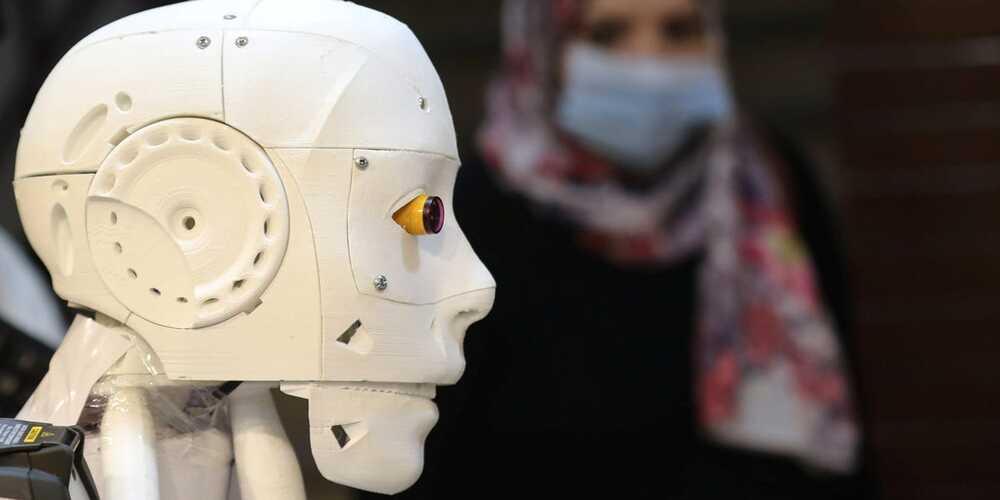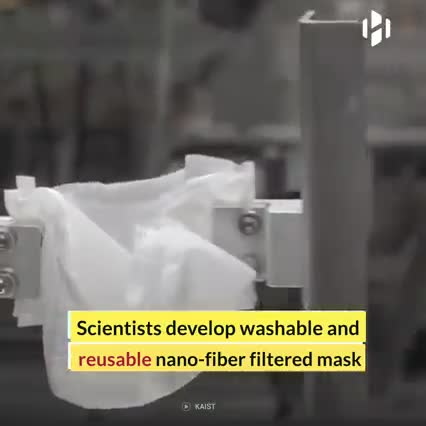
Get the latest international news and world events from around the world.

Launch Event: Meet Spot’s Expanded Product Line
Boston Dynamics event on Feb. 22021.
We’re excited to reveal the latest in Spot’s expanded product line. Join us live on Tuesday, February 2nd @ 11 am EST, to hear how these products will extend Spot’s value for autonomous inspection and data collection.

Virgin Hyperloop outlines how it thinks journeys will actually work in 2030
A constant vacuum, rapid switching, Virgin-style capsules. Will it work?
Members of first privately crewed mission to ride a SpaceX rocket REVEALED
Like.
The first private space flight led by Axiom with SpaceX is set to take off next year to the ISS during an eight day mission, carrying three civilians who each paid $55 million for their seat.


New “Fast Forward” Algorithm Could Unleash the Power of Quantum Computers
Fast-forwarding quantum calculations skips past the time limits imposed by decoherence, which plagues today’s machines.
A new algorithm that fast forwards simulations could bring greater use ability to current and near-term quantum computers, opening the way for applications to run past strict time limits that hamper many quantum calculations.
“Quantum computers have a limited time to perform calculations before their useful quantum nature, which we call coherence, breaks down,” said Andrew Sornborger of the Computer, Computational, and Statistical Sciences division at Los Alamos National Laboratory, and senior author on a paper announcing the research. “With a new algorithm we have developed and tested, we will be able to fast forward quantum simulations to solve problems that were previously out of reach.”


